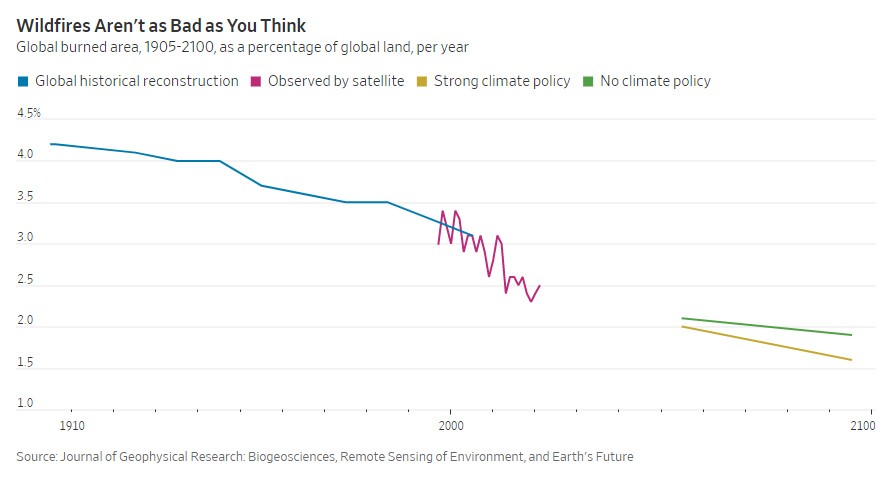(p. 1) The richest people on earth typically devote a share of their vast resources to charity. That is the bargain and the expectation, anyway.
Jeff Bezos, until very recently the world’s richest human, has been applying himself dutifully if a bit cautiously to the task, giving money to food banks and homeless families while pledging $10 billion of the fortune he earned through the online retailer Amazon to fight climate change.
The latest richest human, Elon Musk, has taken a rather different tack. There was the public spat with the director of the World Food Programme on Twitter, for instance, announcing, “If WFP can describe on this Twitter thread exactly how $6B will solve world hunger, I will sell Tesla stock right now and do it.”
. . .
And, of course, there is the ongoing insistence that his moneymaking efforts, running both the electric carmaker Tesla and the rocket company SpaceX, are already better-(p. 8)ing humankind, thank you very much.
Mr. Musk is practicing “troll philanthropy.”
That’s what Benjamin Soskis, senior research associate in the Center on Nonprofits and Philanthropy at the Urban Institute, has called it, noting that Mr. Musk seems to be having fun with this novel approach.
“He doesn’t seem to care much about using his philanthropy to curry public favor,” Mr. Soskis said. “In fact, he seems to enjoy using his identity as a philanthropist in part to antagonize the public.”
. . .
“The particular barrier for donors from a tech background is they don’t just think their genius has made them good at what they do, they also think what they do commercially also makes society better,” said Rhodri Davies, a philanthropy commentator who wrote a piece on Mr. Musk called “The Edgelord Giveth.”
Mr. Musk, for instance, has said that getting humankind to Mars through SpaceX is an important contribution and has written and spoken acerbically about what he calls “anti-billionaire BS,” including attempts to target taxes at billionaires.
“It does not make sense to take the job of capital allocation away from people who have demonstrated great skill in capital allocation and give it to an entity that has demonstrated very poor skill in capital allocation, which is the government,” Mr. Musk said on Monday at an event hosted by The Wall Street Journal.
At the same time, Mr. Kharas said a more charitable reading of Mr. Musk’s exchange with the World Food Programme is possible. He could just genuinely want to know how the money will be spent and is putting in public, on Twitter, the due diligence work that institutional giving does behind closed doors.
“I think this idea that he was willing to engage was really good,” Mr. Kharas of the Brookings Institution said of Mr. Musk. “I think his response was extremely sensible. It was basically, ‘Show me what you can do. Demonstrate it. Provide me with some evidence. I’ll do it.’”
(Note: the online version of the story has the date Dec. 10, 2021, and has the title “Elon Musk’s Latest Innovation: Troll Philanthropy.”)


